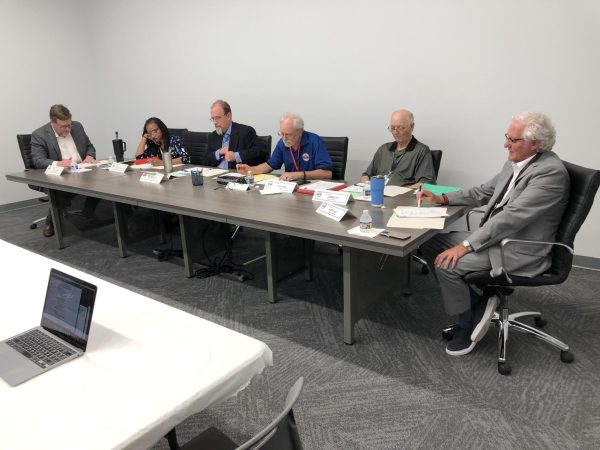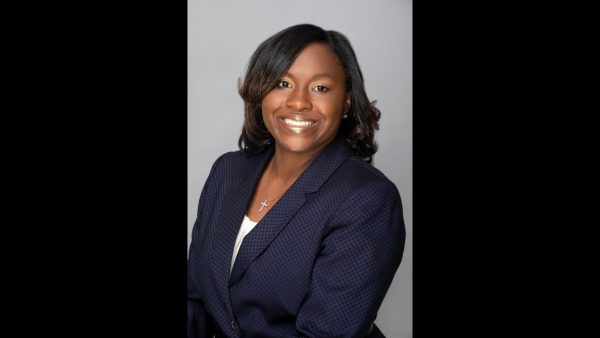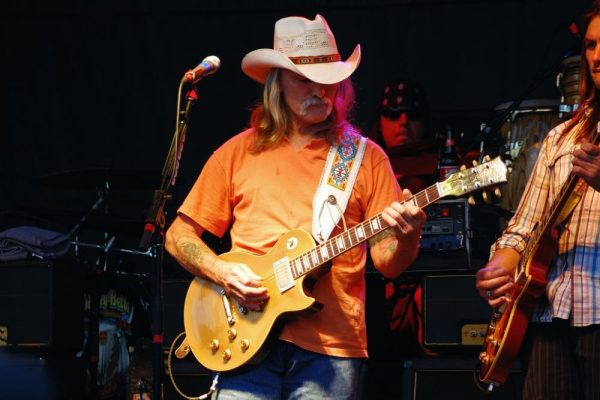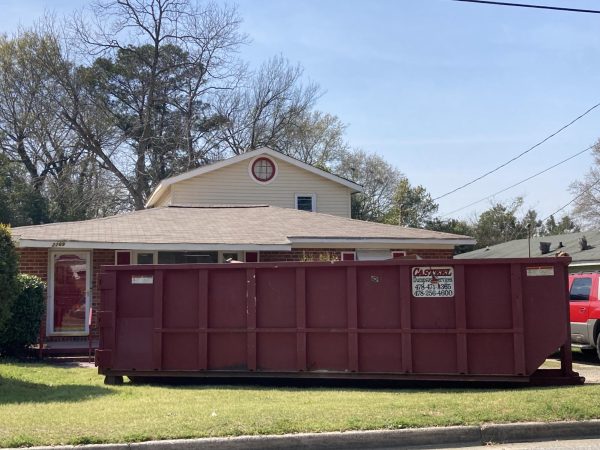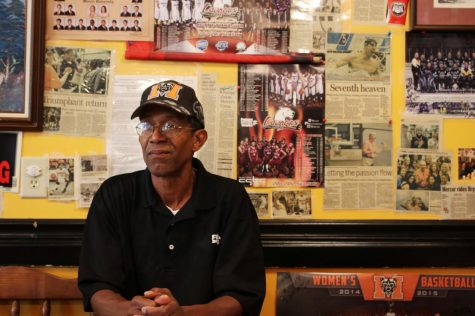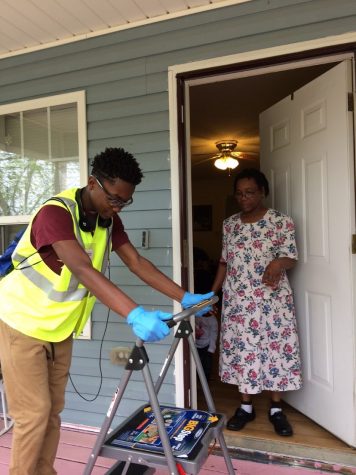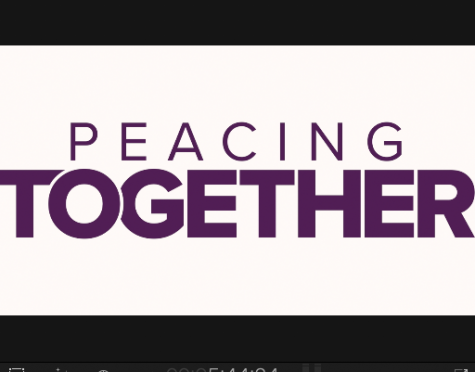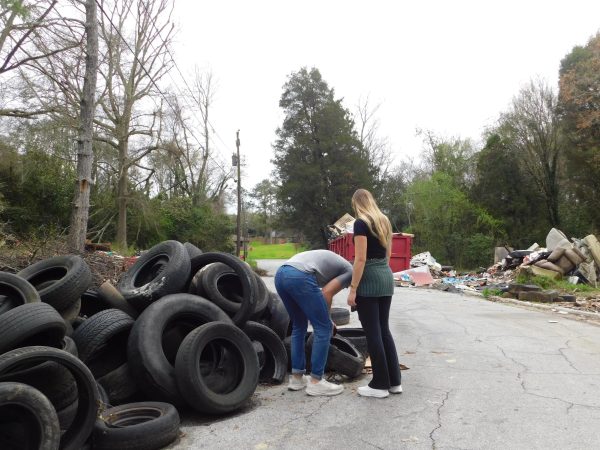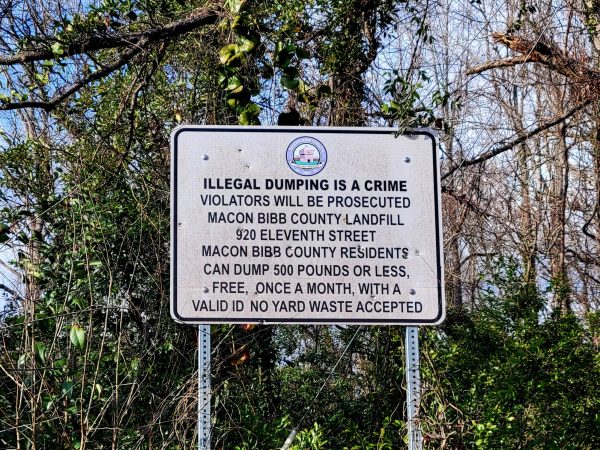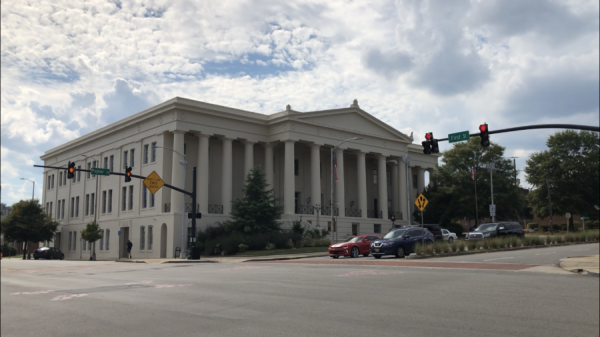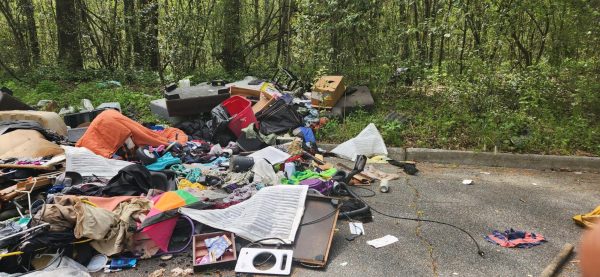Lessons learned from Peacing Together on solutions to youth violence
When the community gathered in 2018 to talk about Macon-Bibb County’s assets and most pressing issues, the concern that rose to the top of the discussions was youth violence.
At the time, Macon was in the midst of a violent year with a near-record 41 homicides, many of them involving teens and young adults.
In response, the Center for Collaborative Journalism along with its partners at Georgia Public Broadcasting Macon, The Telegraph and 13WMAZ launched Peacing Together in September 2019, an eight-month reporting project focused on solutions to youth violence.
We reported on some reasons why youth violence happens, how it affects people, what interventions might break the cycle, and what is being done to address the issue.
As the project comes to an end, Macon is in a very different state of existence because of COVID-19. Youth do not face a high health risk of getting coronavirus, but United Nations officials worry that they will be the most impacted.
A UN policy brief on the impact of Covid-19 on children said, “While children are not the face of this pandemic, its broader impacts on children risk being catastrophic and amongst the most lasting consequences for societies as a whole.” The report detailed how children face social, economic, education, health and safety impacts. It also said that the damage will not be distributed equally.
As world leaders are concerned about the impact of coronavirus on the future of children, Macon leaders and community members are concerned with tackling the urgent problem of youth violence. In our joint reporting, we met stakeholders at every level-education, law enforcement, community organizations and individuals- who are working together to find solutions.
Peacing Together reported on the costs of youth violence through the eyes of families who have lived it. Brenda Cardenas shared the heartbreak of losing her son, Pedro.
The series also covered some ways that Maconites are offering solutions to youth violence. Below is a recap of some of the reports we produced.
Community members came together in February for a screening of “Love Them First,” a documentary about an underperforming school in Minnesota named after Macon native and educator, Lucy Laney. Laney’s descendants, who still live in Macon, along with community members, discussed ways the community can work with the Bibb County School District to provide better education outcomes for all students.
In 2018, the Macon-Bibb District Attorney’s Office and Bibb schools adopted a four-year-old program model used by Clayton County called the School-Justice Partnership. The program offers students, who commit minor offenses, an alternative to getting suspended, expelled or arrested. They are instead referred to services in the community, such as counseling, mediation, tutoring and community workshops.
The Bibb schools also provide trauma training for its counselors. The National Alliance on Mental Illness trains the counselors once a year in the Trauma 101 training. The counselors then train the teachers.
We also met individuals like Daude Harrell, the co-owner of Harrell’s Barber Shop. He founded a non-profit organization called Barbers on Duty. It helps young men learn life skills while also making a living as a barber.
Andrea Cooke is the owner of the Cooke Shoppe, a local store that sells products to promote wellness. The Cooke Shoppe hosts drum circles to deal with trauma. She is working on a program to offer drum circles to the community through a mini-grant program that grew out of conversations from On TheTable — a community-wide event in 2018 and 2019 focused on bringing the community together to talk.
These are but a few examples of organizations, community groups and people taking many different approaches to flatten the curve on youth violence.
Here are a list of some local organizations providing solutions to youth violence that were covered in our Peacing Together series:
- School-Justice Partnership
- Streets to Success
- Campus Clubs Ministry
- Mentors Project
- Girls Coordinating Council
- On the Same Breath Initiative
- Heal the Hood
- Stop the Killing, Macon
- Parents as Teachers-
- Barbers on Duty–
- Westside Neighborhood United Group
- Funeral Home Tours–
- Drum Circle Therapy by The Cooke Shoppe
Peacing Together was a short-term project but that does not mean that our reporting on youth violence ends. We will continue to cover it as a part of our regular coverage. You can see all of the stories here.



